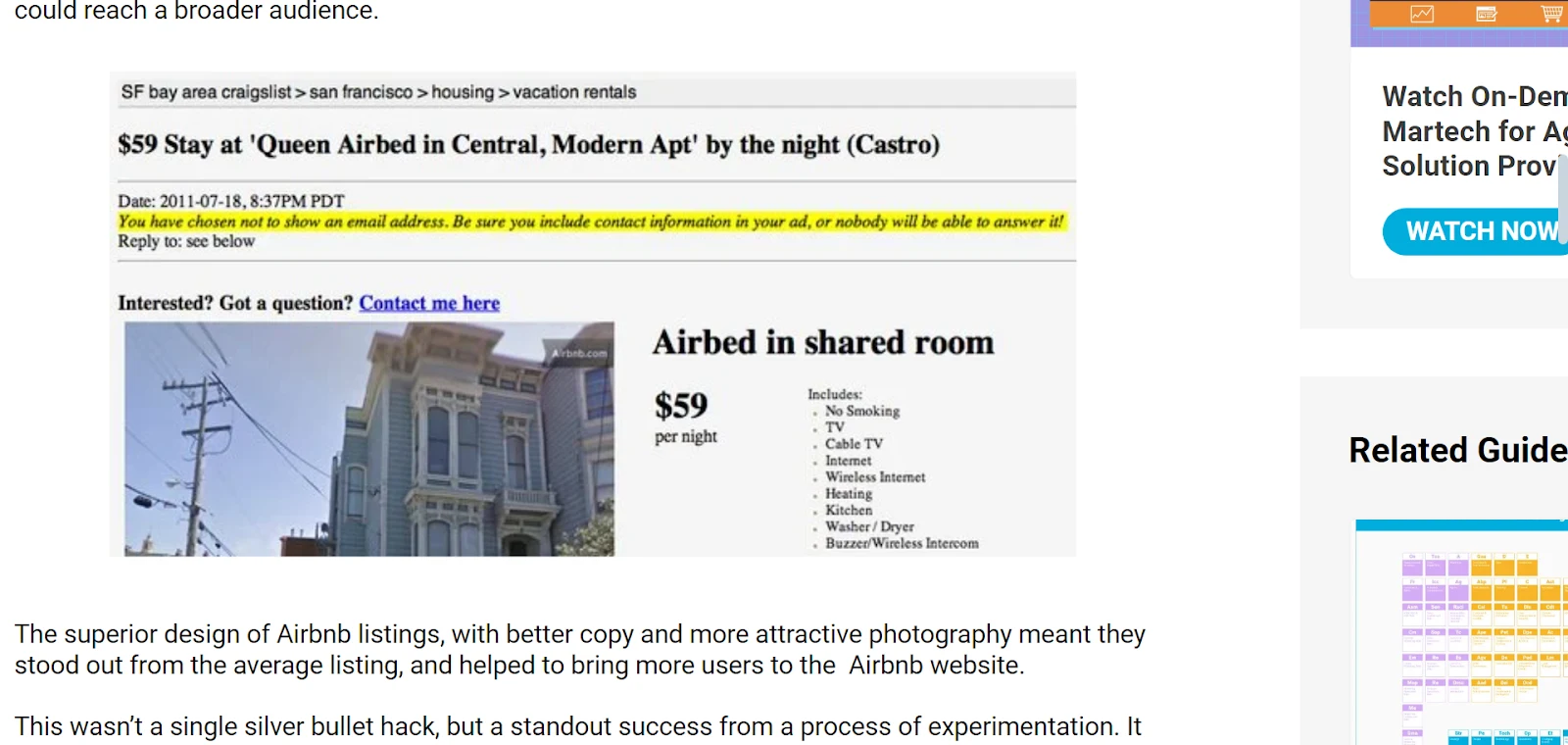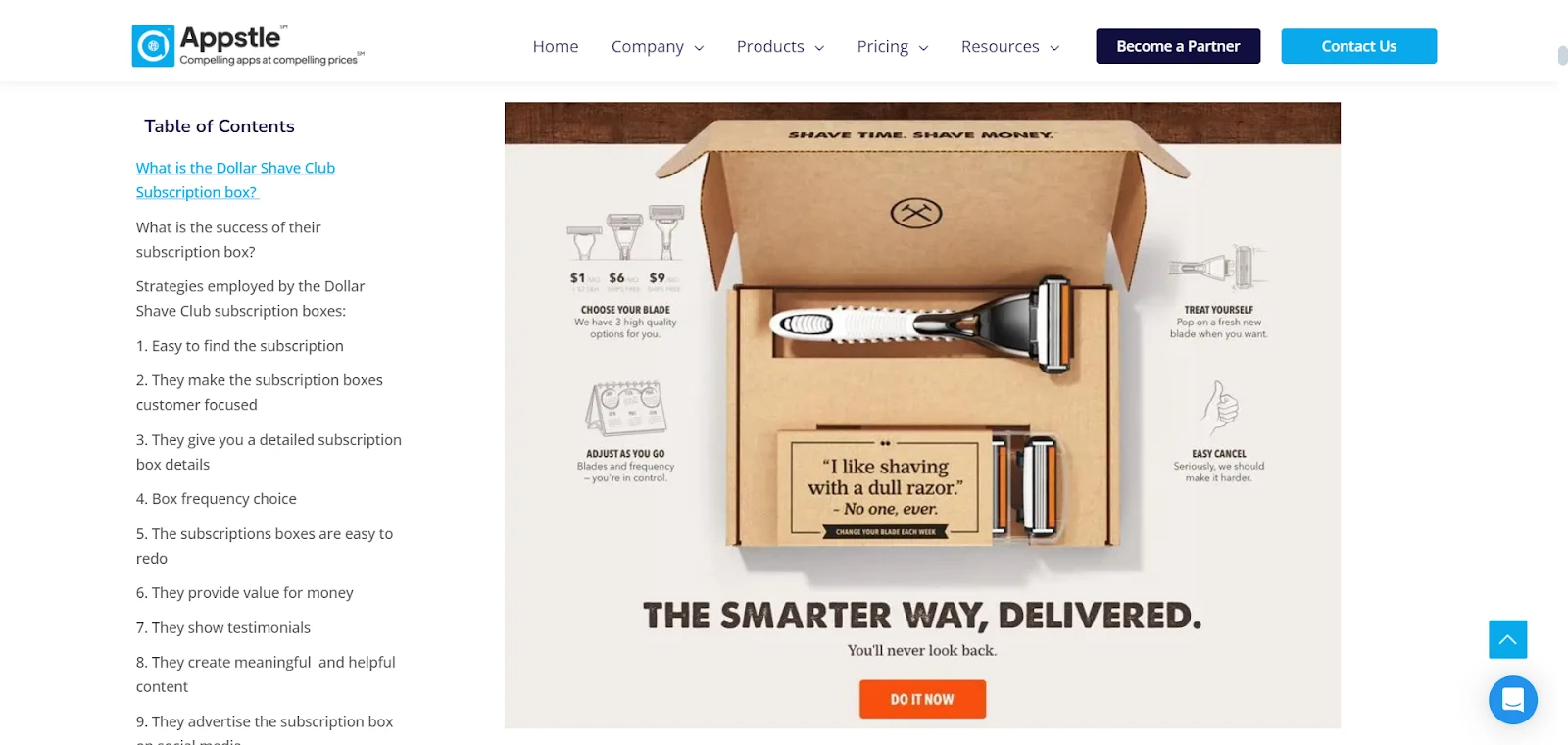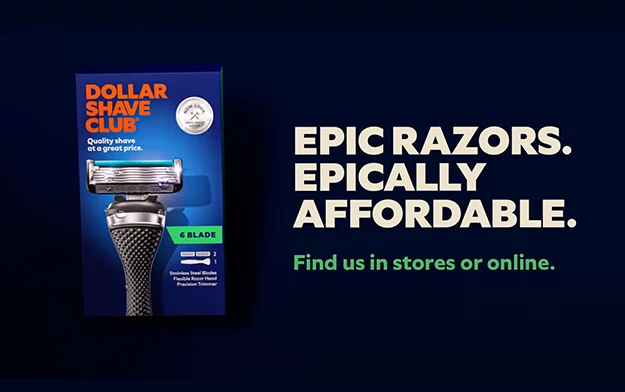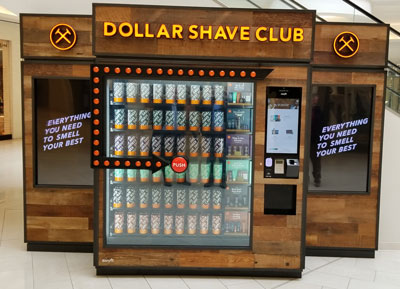Customer Acquisition 101: Building a Loyal Client Base
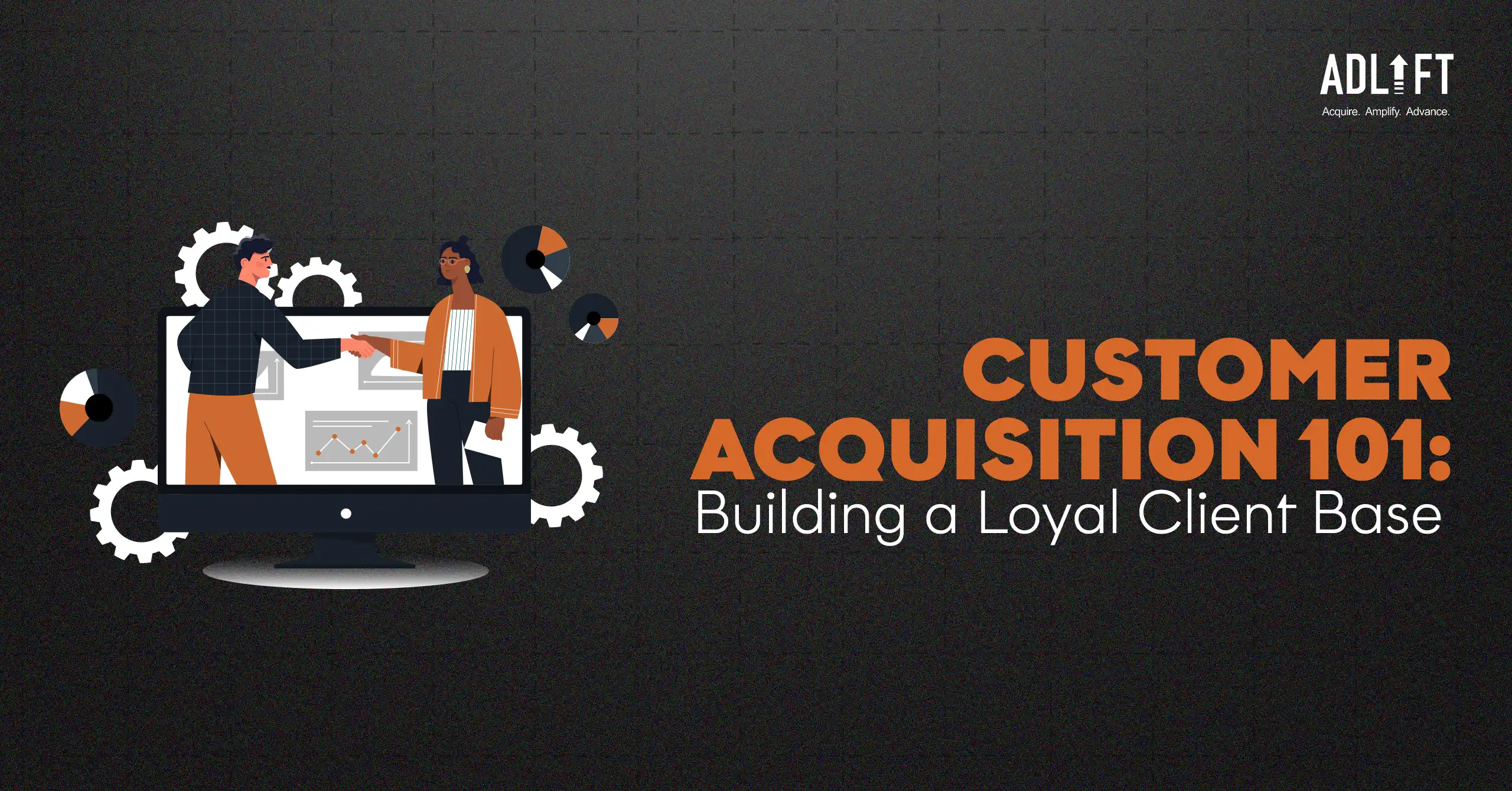
As markets become saturated and consumer expectations rise, companies are challenged to find innovative ways to attract and retain new customers. According to a recent study, businesses that focus on enhancing their customer experience see tangible financial benefits. Enhancing the customer experience can lead to an increase in sales revenue by 2-7% and boost profitability by 1-2%. This statistic underscores the profound impact that effective customer acquisition and retention strategies can have on a company’s bottom line.
Customer acquisition, essentially, is the process of gaining new customers through different marketing and sales strategies. It involves more than just attracting attention—it’s about converting interest into action and fostering a relationship that encourages long-term loyalty.
Understanding the mechanics and definition of customer acquisition, from the starting phase of attracting potential customers to the final act of conversion, is crucial for developing an effective strategy.
This blog will explain the essential elements of customer acquisition, including the process and significance, and provide insights into crafting a successful customer acquisition strategy.
What is Customer Acquisition: Understanding the Meaning of Customer Acquisition
Customer acquisition is a critical process for any business aiming to grow and succeed. It encompasses the strategies and efforts employed to attract new customers and to make them into paying clients. This process is vital for expanding a company’s customer base, which in turn fuels business growth and enhances profitability.
Customer acquisition involves several key stages:
Lead Generation: This initial stage focuses on identifying and attracting potential customers. It includes activities designed to increase awareness and interest in your products or services, such as advertising, content marketing, and social media campaigns. The goal is to capture the attention of individuals who may have a need or interest in what your business offers.
Lead Nurturing: Once leads are identified, the next step is nurturing them through targeted engagement. This involves educating potential customers about your offerings, addressing their concerns, and building a relationship. Strategies at this stage include personalized email campaigns, valuable content, and interactive webinars. The aim is to move leads further down the funnel, preparing them for a purchase decision.
Conversion: Conversion is the process of turning engaged leads into paying customers. This stage involves optimizing the sales process to make sure a smooth transition from interest to purchase. Tactics such as streamlined checkout processes, persuasive sales pitches, and attractive offers are employed to finalize the sale and secure the customer’s commitment.
Post-Purchase Engagement: After a customer buys something, post-purchase engagement ensures their satisfaction and encourages repeat business. This includes providing excellent customer service, soliciting feedback, and offering loyalty programs. The objective here is to build long-term relationships, cater to customer loyalty, and increase the likelihood of repeat purchases.
Note: A successful customer acquisition strategy not only attracts leads and converts them into customers but also involves ongoing efforts to maintain and enhance these relationships. The overall cost of acquiring new customers is known as Customer Acquisition Cost (CAC), which reflects the investment required to gain each new customer. By optimizing customer acquisition tactics and managing CAC effectively, businesses can attain sustainable growth and long-term success.
Understanding and implementing an effective customer acquisition strategy is important for businesses looking to expand their reach and build a robust customer base. Whether through innovative marketing techniques or personalized sales approaches, the goal remains the same: to attract, engage, and convert new customers while ensuring their ongoing satisfaction.
The Difference between Customer Acquisition and Marketing
Customer acquisition and marketing are closely related concepts, but they serve distinct roles in a business’s overall strategy. While both aim to drive growth, their focus and methods differ. Marketing covers an exceptional range of activities that promote a brand, while customer acquisition is specifically targeted at converting leads into paying customers. Understanding the distinctions between these two processes can help businesses refine their approach to growth and success.
Here’s a breakdown of the key differences between customer acquisition and marketing:
| Aspect | Customer Acquisition | Marketing |
| Definition | The process of gaining new customers for a business. | The broader process of promoting a product, service, or brand. |
| Primary Focus | Converting potential leads into paying customers. | Building brand awareness and interest among a target audience. |
| Goals | Generate direct sales and build a customer base. | Create interest, engagement, and awareness for the brand. |
| Scope | Narrow, focusing specifically on acquiring customers. | Broad, covering various channels, including advertising, PR, etc. |
| Tactics | Involves targeted strategies like lead generation, sales, and partnerships. | Uses a wide range of tools like content creation, SEO, and social media. |
| Metrics | Customer Acquisition Cost (CAC), conversion rates, lifetime value. | Brand recognition, engagement rates, and website traffic. |
| Target Audience | Individuals who might convert into paying customers. | A broader audience, including potential customers, partners, and media. |
| Timeline | Short-term, often focused on immediate conversions. | Long-term, building a brand presence over time. |
Customer Acquisition Funnel
The customer acquisition funnel maps the journey of a potential consumer from awareness of your brand to the final decision to become a paying customer. While similar to the conventional marketing funnel, it specifically focuses on converting leads into customers and excludes retention and loyalty stages.
Stages of the Customer Acquisition Funnel
Awareness: This is one of the top funnels where the potential consumers first become aware of your brand. This stage includes activities that make your business visible, such as advertisements, social media posts, and word-of-mouth referrals. The aim is to attract a large audience and create initial interest in your product or service.
Interest In this stage, individuals who have become aware of your brand seek more information. They might visit your website, explore your content, or engage with your social media channels. The aim here is to nurture these prospects by providing valuable information that piques their interest and guides them to the next step.
Consideration Potential customers now show a deeper level of engagement by considering your product or service more seriously. They may sign up for newsletters, download resources, or participate in free trials. At this stage, they are evaluating whether your offering meets their needs and comparing it to alternatives.
Intent At this point, prospects demonstrate a clear intention to make a purchase. They can add items easily to their shopping cart or request a quote. This stage is crucial for converting interest into action and requires strategies to encourage prospects to finalize their decision.
Purchase This is the final stage of the funnel, where prospects make a purchase and become customers. The focus here is on closing the sale and ensuring a smooth transaction process. Once converted, customers enter the post-purchase phase, where efforts shift to retention and loyalty.
Understanding the Funnel’s Structure
The customer acquisition funnel typically follows a top-down approach, starting with a wide pool of potential leads and narrowing down as you focus on those most likely to convert. Lead generation occurs at the top of the funnel, lead acquisition in the middle, and lead conversion at the bottom. Each stage requires tailored strategies to guide prospects through the funnel and maximize conversion rates effectively.
Diagram: Customer Acquisition Funnel
Visualizing the Funnel
To visualize this process, think of the funnel in three main phases: attract, convert, and close. In the attract phase, you engage a broad audience. During the conversion phase, you work to turn prospects into leads through targeted efforts. Finally, in the close phase, you aim to finalize sales and convert leads into paying customers.
Analyzing and tracking data throughout the funnel is essential for optimizing customer acquisition strategies. By understanding which channels and tactics generate the most qualified leads and drive conversions, businesses can adjust their approaches to improve efficiency and reduce customer acquisition costs.
Why is Customer Acquisition Essential?
Customer acquisition is the lifeblood of any business, whether it’s a new startup looking to establish a foothold or a long-standing company aiming to maintain growth. Without a steady influx of new customers, a business can stagnate, struggle to meet operational costs and fall behind competitors. For newer businesses, acquiring customers is a top priority, as building a solid customer base is essential for generating revenue, covering costs, and reinvesting in further growth. Without this foundational step, long-term sustainability is almost impossible.
While customer retention is often emphasized for established businesses, it’s important to remember that even loyal customers were once new. Constantly acquiring new customers ensures that your business doesn’t just rely on a limited or shrinking group of buyers but continues to expand its reach. In doing so, companies can build a more diversified and resilient client base capable of weathering market shifts.
Additionally, customer acquisition plays a crucial role in attracting investors, partners, and influencers. Demonstrating traction through a growing customer base signals a healthy business model and long-term potential. Businesses that can show a systematic and sustainable approach to acquiring customers are more likely to secure external funding and strategic partnerships, which are critical for scaling operations and expanding into new markets.
Key Elements of a Customer Acquisition Strategy
Developing a successful customer acquisition strategy involves focusing on several crucial elements that work together to attract and convert new customers. Below are the key components that should be carefully considered and implemented to create an effective acquisition plan:
Target Audience Identification: Identifying your ideal customer is the foundation of any successful acquisition strategy. This involves analyzing demographics, interests, and behaviors to understand who is most likely to buy your product or service.
Example: A company selling luxury watches might target high-income individuals aged 30-50 who are interested in fashion and status symbols.
Value Proposition: The value proposition is a statement that explains why a customer should go for your product over others. It underlines the unique benefits and features that make your offering stand out.
Example: “Our luxury watches are handcrafted with precision and offer exclusive designs not available anywhere else.”
Channels for Acquisition: It is crucial to choose suitable channels to reach the target audience. These could include digital marketing, social media, partnerships, or traditional advertising.
Example: An e-commerce brand might focus on social media ads, influencer partnerships, and SEO to attract new customers.
Messaging and Positioning: Craft compelling messages that resonate with your audience and position your brand effectively. This includes creating engaging content, using persuasive language, and highlighting key benefits.
Example: “Experience unparalleled luxury with our limited-edition timepieces, designed for those who value sophistication and style.”
Budget Allocation: Allocate your budget across various acquisition channels based on their effectiveness and return on investment. This involves analyzing past performance and adjusting spending accordingly.
Example: If social media ads are generating high-quality leads, you might increase the budget for that channel while reducing spending on less effective methods.
Meaning of Customer Acquisition Cost (CAC)
Customer Acquisition Cost (CAC) is a key factor that measures the total cost of acquiring a new customer. It includes expenses related to marketing, sales, and other activities aimed at attracting and converting leads. Tracking CAC is essential for evaluating the efficiency of your acquisition efforts and ensuring that your spending is aligned with revenue goals.
How to Calculate Customer Acquisition Cost
To calculate CAC, follow these steps:
Determine Total Acquisition Costs: Sum up all expenses related to acquiring new customers, including marketing and sales costs.
Determine the Number of New Customers Acquired: Have a record of the total number of new customers acquired during the same period.
Calculate CAC: Divide the total acquisition costs by the number of new customers.
Formula: CAC = Total Acquisition Costs / Number of New Customers
Example: If you spent $50,000 on marketing and sales in a quarter and acquired 500 new customers, your CAC would be $100 ($50,000 / 500).
Strategies for New Customer Acquisition
By leveraging these strategies, businesses can attract high-quality leads, improve conversion rates, and ultimately build a strong, loyal customer base. Here’s a closer look at some of the most effective approaches to new customer acquisition:
Digital Marketing
The digital marketing industry is heavily influenced by consumer trends, especially on social media, where approximately 76% of consumers explore and buy products. This makes it a significant tool for new customer acquisition. It includes various tactics such as:
SEO: Search Engine Optimisation (SEO) is essential for increasing online visibility, allowing businesses to appear at the top of search engine results. This makes it easier for potential customers to find you. For example, a local restaurant might use SEO to rank for keywords like “best pizza in town,” ensuring it reaches the right audience and drives organic traffic.
Prashant Puri, CEO and Co-founder Adlift, explains, “When businesses increase their SEO traffic to more than 100% of paid search, they can reduce their Customer Acquisition Cost (CAC) by nearly 60%.” This demonstrates how a strong SEO strategy not only enhances visibility but also significantly lowers marketing costs, making it a powerful tool for sustainable growth.
Social Media: Leveraging platforms like Facebook, Instagram, and LinkedIn to engage with all the potential customers and drive traffic to your website.
Example: A fitness brand might use Instagram to showcase workout routines and attract new clients.
Content Marketing: By creating amusing content that addresses your audience’s pain points and interests, establishing your brand as an authority in your industry.
Example: A financial services company might publish blog posts and guides on personal finance topics to attract new leads.
Referral Programs
Referral programs can motivate existing customers to refer new clients, effectively leveraging word-of-mouth marketing. By providing discounts or rewards for successful referrals, businesses can tap into their current customer base to drive new acquisitions.
Example: Dropbox’s referral program, which provided extra storage space for both that are–the referrer and the referred, significantly boosted user growth.
Partnerships and Collaborations
Strategic partnerships can enhance customer acquisition by combining resources and reaching new audiences. Collaborations with complementary businesses or influencers can introduce your brand to all the potential customers who might not have discovered it otherwise.
Example: A software company collaborating with a hardware manufacturer to offer bundled solutions can attract customers interested in both products.
Why Retention Matters Alongside Acquisition
While acquiring new customers is crucial, retaining existing ones is equally important. Retention efforts help maintain customer loyalty, increase repeat business, and reduce churn. Balancing acquisition and retention ensures sustainable growth and maximizes each customer’s lifetime value.
Strategies for Retaining Acquired Customers
Loyalty Programs: Incorporate programs that reward customers for repeat purchases and engagement. This can include points systems, discounts, or exclusive offers.
Example: Starbucks Rewards offers points for each purchase, which can be used for free drinks and food.
Personalized Experiences: You can use customer data to offer personalized recommendations and communications. This creates a more engaging and relevant experience.
Example: Amazon’s personalized product recommendations based on browsing and purchase history enhance customer satisfaction.
Customer Support: Provide exceptional customer support to resolve issues quickly and effectively. Providing multiple support channels, such as chat, email, and phone, can improve the overall customer experience.
Example: Zappos is known for its outstanding customer service, including free returns and 24/7 support.
Customer Acquisition Strategy Examples
Airbnb and Dollar Shave Company are some of the leading companies in their respective industries. Here are their customer acquisition examples that showcase how they did that:
Airbnb
Airbnb’s customer acquisition strategy has evolved through various innovative approaches designed to stand out in a competitive market. Here’s a look at some of the key elements that have shaped their strategy:
Competitive Positioning
Airbnb faced the challenge of acquiring new customers in a market dominated by established hotel chains and other short-term rental platforms. To overcome this, Airbnb focused on differentiating itself through unique value propositions, such as offering a diverse range of lodging options and creating a distinctive travel experience.
Craigslist Outreach
One of Airbnb’s early and unconventional strategies involved leveraging Craigslist. The company identified room-renting advertisements on the platform and reached out to these advertisers with a simple request: mention AirBed&Breakfast (the company’s original name) in their ads. This tactic allowed Airbnb to tap into an existing audience and gain visibility among potential customers who were already interested in short-term rentals.
Content and Ad Sequencing
To further engage potential customers, Airbnb utilized tailored content and ad sequencing. By analyzing traveler preferences and behaviors, Airbnb crafted personalized ads and videos to resonate with different types of travelers. This strategy included:
YouTube Stories: Airbnb created engaging and inspirational content on YouTube, showcasing various travel experiences based on viewers’ interests. This approach helped to capture the attention of potential customers by providing them with exhilarating and compelling narratives.
Targeted Advertising: By serving up different experiences tailored to individual viewer profiles, Airbnb effectively captured interest and encouraged users to explore their platform further.
Through these strategies, Airbnb effectively attracted new customers and increased brand awareness despite the competitive challenges they faced. By combining innovative outreach methods with personalized content, Airbnb was able to build a strong foundation for customer acquisition and growth.
Dollar Shave Club
Dollar Shave Club (DSC) disrupted the razor industry with a bold approach to customer acquisition. Founded by Michael Dubin, the company sought to address the high costs and inconvenience associated with buying razors in stores. By leveraging a subscription model and a range of innovative tactics, DSC rapidly grew its customer base and established itself as a significant player in the personal care market.
Subscription Model
Michael Dubin’s vision for Dollar Shave Club was to create a subscription-based service that simplified the razor buying process. The subscription model allowed customers to receive high-quality razors delivered to their doorsteps regularly. This approach not only provided convenience but also offered a more affordable alternative to traditional retail options, addressing a key pain point for many consumers.
Direct Sales
Dollar Shave Club sold directly to customers through its online platform, bypassing traditional retail stores. This direct sales approach enabled DSC to maintain complete control over the customer experience and data. By eliminating intermediaries, the company was able to offer competitive pricing and forge a closer relationship with its customers.
Viral Videos
A cornerstone of DSC’s customer acquisition strategy was its use of viral marketing. The company created humorous and engaging videos that quickly gained popularity online. These viral videos played a crucial role in building brand recognition and visibility, allowing DSC to reach a broad audience with relatively low marketing expenditure.
Referral Program
Dollar Shave Club implemented a referral program to motivate present customers to bring in new ones. By offering a free month of razors to customers who referred friends who signed up, DSC encouraged word-of-mouth marketing and facilitated the rapid expansion of its customer base.
Perceived Scarcity
To generate buzz and enhance desirability, DSC created a sense of scarcity following a successful launch. The company allowed its inventory to run out intentionally and informed customers via email about the shortage. This tactic not only drove additional word-of-mouth referrals but also created a heightened sense of urgency around the brand.
Targeted Messaging
DSC’s messaging was precisely tailored to resonate with men frustrated by the high cost of traditional razors. By addressing this specific pain point, the company’s marketing campaigns effectively communicated the value and convenience of their subscription service, attracting a highly targeted audience.
Memorable Brand
Dollar Shave Club’s brand identity was designed to be memorable and humorous, distinguishing it from competitors. The company’s unique voice and engaging content helped forge a strong emotional connection with its customers, making the brand more appealing and recognizable in a crowded market.
Challenges and Evolution
Despite its early success, Dollar Shave Club faced challenges as it reached a saturation point in its online market. To overcome all the challenges and continue its growth trajectory, DSC explored omnichannel strategies. This included a pilot program selling razors via vending machines and a major brand refresh in 2020, which involved updates to their website, product packaging, and overall brand aesthetics.
By leveraging a subscription model, direct sales, viral marketing, referral programs, perceived scarcity, targeted messaging, and a memorable brand, DSC not only attracted a large customer base but also set new standards for direct-to-consumer brands in the personal care industry.
From Strategy to Success: Optimizing Your Customer Acquisition Approach
Customer acquisition is a pivotal component of any successful business strategy. From understanding what it entails to effectively executing a strategy, each step is crucial for attracting and retaining a loyal customer base. By delving into the intricacies of customer acquisition—such as the customer acquisition funnel, key strategies, and the balance with customer retention—businesses can better navigate the complex journey of converting prospects into dedicated clients.
Ultimately, a well-rounded customer acquisition strategy not only increases immediate sales but also contributes to long-term business success. It’s about continuously attracting new customers while nurturing and retaining existing ones. As markets evolve and competition intensifies, businesses must remain agile, adopt new techniques, and optimize their approaches to stay ahead.
Evaluate your current customer acquisition tactics and consider the insights shared in this blog to refine your strategy. Embrace a comprehensive approach, learn from successful examples, and invest in methods that resonate with your target audience. By doing so, you’ll build a strong foundation for growth and position your business for sustained success in the ever-competitive landscape.
Sources: https://blog.hubspot.com/service/importance-customer-service#importance
